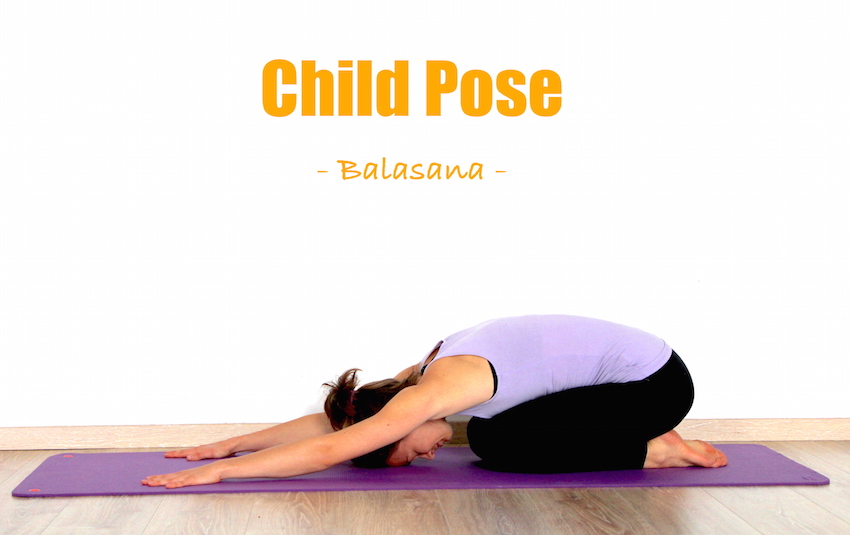Yoga has long been hailed as a powerful tool for handling pressure, enhancing intellectual readability, and enhancing standard well-being. With the proper poses, respiration techniques, and meditation practices, every body can use yoga to navigate lifestyles’s challenges with grace and resilience. In this manual, you’ll discover how to incorporate yoga poses for stress relief into your daily routine. Let’s dive in!
Why Yoga Is Effective for Managing Stress

Understanding the Mind-Body Connection

Yoga for stress relief emphasizes the harmony between the mind and body. Stress often manifests physically through tension, headaches, or fatigue, and yoga addresses these symptoms with gentle stretches, controlled breathing, and mindful awareness.
By practicing yoga for stress relief regularly, you engage in a process of self-discovery and healing. This mind-body synergy not only reduces physical symptoms of stress but also builds emotional resilience, empowering you to manage life’s challenges more effectively.
Simple Yoga Poses for Stress Reduction
Here are five beginner-friendly poses that concentrate on strain comfort:
Child’s Pose

How to Do It: Sit in your heels, stretch your arms ahead, and relaxation your brow at the mat.
Benefits: Releases tension within the again, hips, and shoulders even as calming the anxious system.
Cat-Cow Pose

How to Do It: Alternate between arching and rounding your again on all fours.
Benefits: Eases spinal tension and improves awareness through rhythmic motion.
Legs-Up-the-Wall Pose

How to Do It: Lie to your back and relaxation your legs vertically in opposition to a wall.
Benefits: Enhances blood circulate, reduces fatigue, and promotes rest.
Corpse Pose

How to Do It: Lie flat for your lower back, near your eyes, and loosen up every muscle for your frame.
Benefits: Encourages deep rest and intellectual readability.
Bridge Pose

How to Do It: Lie in your returned, bend your knees, and raise your hips closer to the ceiling.
Benefits: Strengthens the lower back and promotes a sense of grounding.
Incorporating Breathing Techniques for Stress Relief

Breathing exercises are a cornerstone of yoga for stress relief. They help regulate the nervous system and provide an immediate sense of calm.
Diaphragmatic Breathing
 Place one hand on your chest and the other on your abdomen. Inhale deeply, feeling your stomach rise, and then exhale slowly. This simple breathing technique is a powerful part of yoga for stress relief.
Place one hand on your chest and the other on your abdomen. Inhale deeply, feeling your stomach rise, and then exhale slowly. This simple breathing technique is a powerful part of yoga for stress relief.
Alternate Nostril Breathing

Close one nose with your thumb, inhale thru the alternative nose, then switch sides.
Benefits: Balances the apprehensive machine and calms the mind.
Box Breathing

Inhale for four counts, maintain for 4 counts, exhale for 4 counts, and pause for 4 counts.
Benefits: Promotes focus and reduces tension.
Meditation Practices to Enhance Stress Relief

Meditation complements yoga by using education the thoughts to stay present and focused.
Mindfulness Meditation

Focus on your breath and take a look at thoughts without judgement.
Benefits: Improves concentration and reduces emotional reactivity.
Loving-Kindness Meditation

Silently repeat terms of goodwill, including “May I be glad, may I be healthful.”
Benefits: Fosters compassion and emotional balance.
Body Scan Meditation

Slowly direct your attention to each part of your body, from head to toe.
Benefits: Enhances attention of bodily anxiety and promotes relaxation.
Conclusion: Building a Stress-Free Routine with Yoga
Yoga for stress relief is not just physical exercise; it’s a comprehensive practice that supports both mental and physical well-being. By integrating yoga poses, mindful breathing techniques, and meditation into your daily routine, you can enhance resilience and discover true inner peace.



